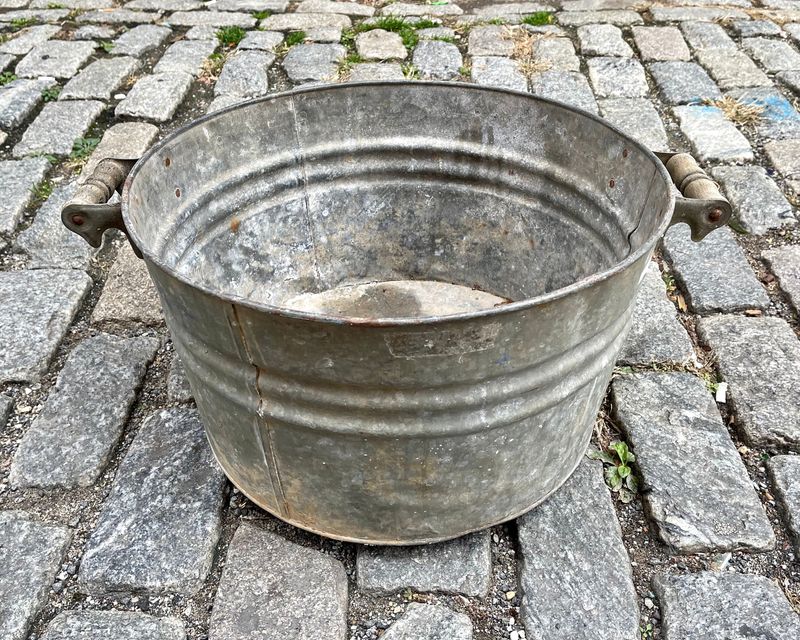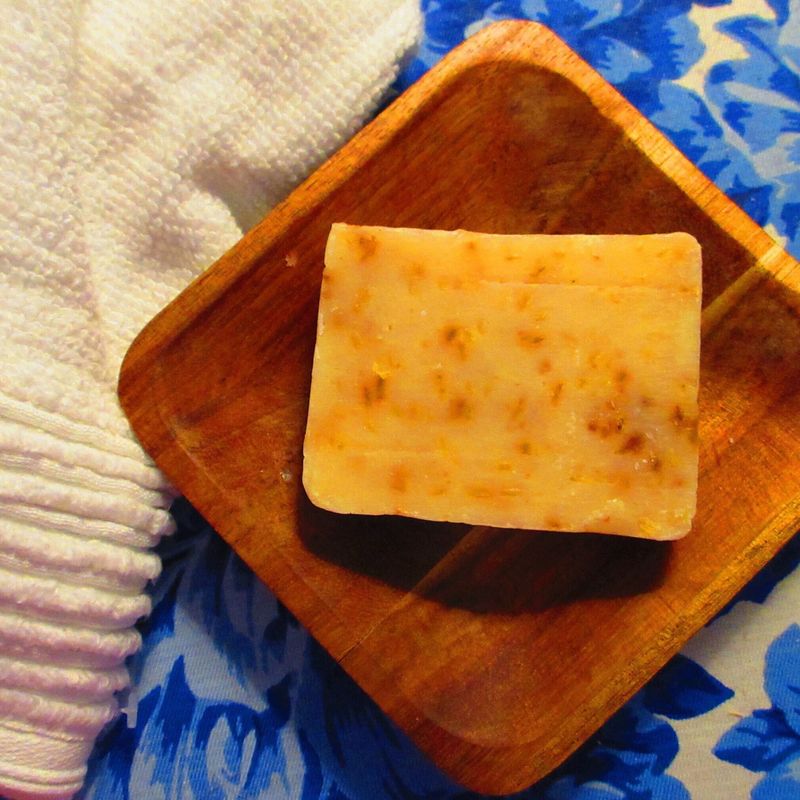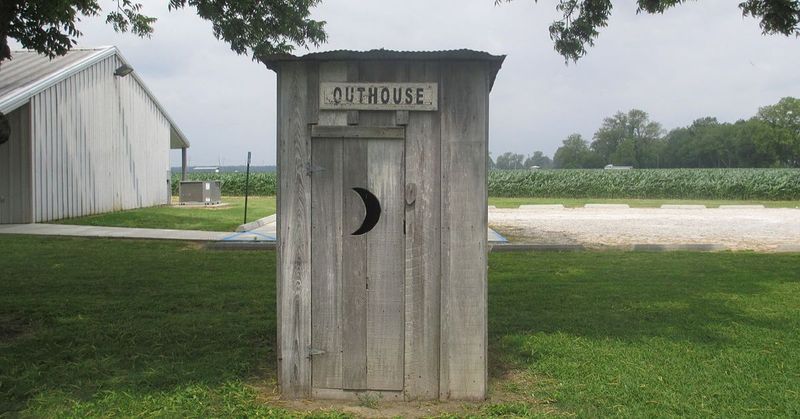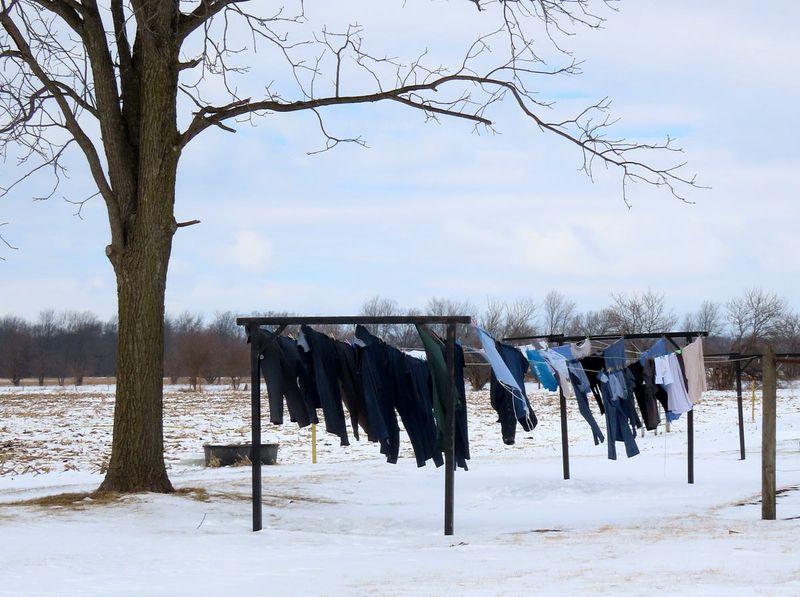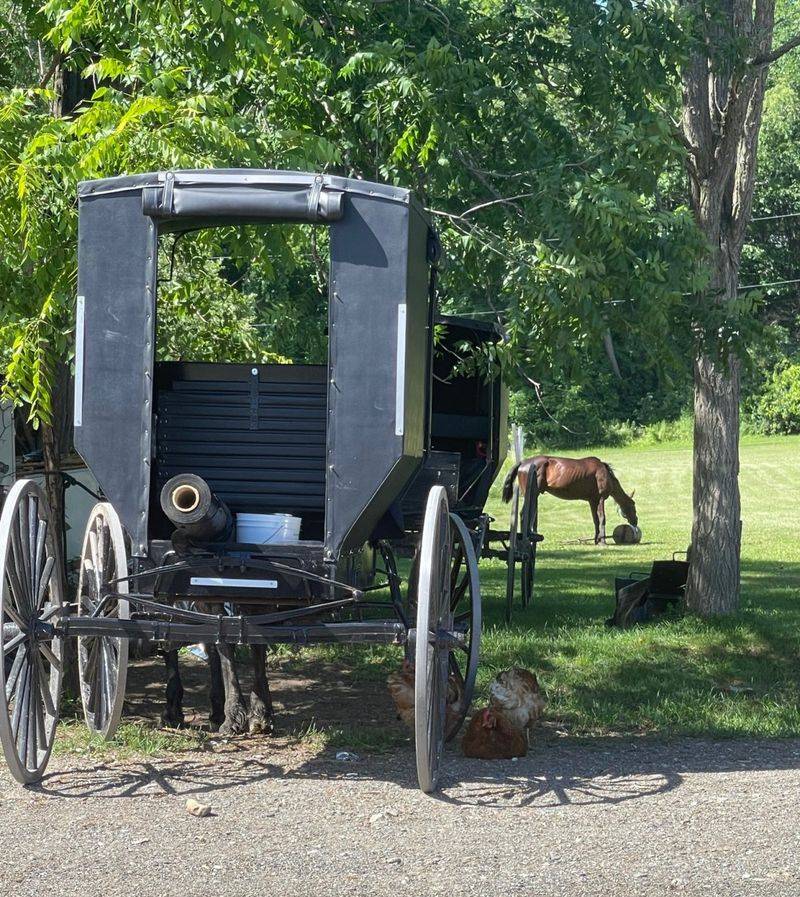The Amish community is known for its simplicity and traditional lifestyle, eschewing many modern conveniences, including plumbing. Despite this, they maintain high standards of cleanliness.
This blog post explores the fascinating ways in which the Amish manage to stay clean without relying on modern plumbing solutions. From innovative bathing techniques to homemade personal care products, the Amish have developed unique practices that contribute to their hygiene and well-being.
Let’s take a closer look at these intriguing facts and discover how the Amish have mastered the art of staying clean without modern technology.
1. No Running Water in Some Homes
In many Amish homes, especially those in more conservative communities, running water is not a household feature. Instead, they rely on hand pumps or wells to access water. The hand pump, often found in the kitchen or just outside the home, becomes an integral part of daily life.
Children as young as five are taught how to operate these pumps efficiently. For those without a pump, wells are commonly utilized, with water fetched in buckets. This practice not only conserves resources but also involves the whole family in daily chores. It reflects the community’s dedication to traditional values.
2. Bathing with Basins or Tubs
Bathing in Amish homes is an exercise in simplicity and tradition. Large washbasins or metal tubs are filled with water heated on a wood stove. This method of bathing requires planning and cooperation, as water needs to be warmed and carried to the tub.
The family often shares the same bathwater, starting with the youngest. This approach emphasizes frugality and community, turning a mundane task into a familial ritual. The absence of modern plumbing doesn’t deter from cleanliness; rather, it instills a sense of discipline and respect for the resources available.
3. Homemade Soaps
The Amish are known for their homemade soaps, crafted using traditional recipes. These soaps often involve ingredients like lye and animal fats, ensuring they are both effective and eco-friendly. Soap-making is a community affair, held in high regard as a skill passed down through generations.
The process involves careful measurement and attention, producing a product that is gentle on the skin and free from synthetic additives. This commitment to natural, homemade products reflects the Amish dedication to self-sufficiency and sustainability, ensuring their cleaning practices align with their environmental values.
4. Modesty is Priority
Modesty is a cornerstone of Amish life, influencing their hygiene practices as well. Bathing and personal care routines are private affairs, conducted with decorum and discretion. The Amish believe that cleanliness need not compromise modesty.
Therefore, bathing is usually done in private areas, often behind curtains or in secluded parts of the home. Clothing worn during and after bathing is modest, covering the body appropriately.
This emphasis on modesty reinforces their cultural values, ensuring that personal hygiene is maintained without drawing unnecessary attention to oneself.
5. Outhouses Still Exist
Though some Amish homes have adopted indoor plumbing, many communities still rely on outhouses for sanitation. These structures, typically located away from the main house, are simple yet functional. Outhouses are often constructed from wood, with a focus on ventilation and cleanliness.
The use of outhouses reflects the Amish commitment to simplicity and resourcefulness, as they require minimal maintenance and no water supply. This traditional practice is particularly prevalent in older settlements, where adherence to historical ways is more pronounced. It’s a testament to the community’s resilience and adaptability.
6. Natural Dental Care
Oral hygiene among the Amish often involves natural remedies and traditional methods. Regular dental visits may be less common, leading to reliance on home-based care. Homemade toothpaste, crafted from baking soda and essential oils, is a popular choice.
Parents teach children about dental care from a young age, ensuring the continuation of these practices. While modern dental tools are sometimes used, the emphasis remains on natural products and techniques.
This approach to dental care highlights the Amish preference for self-reliance and their commitment to using natural, accessible resources.
7. Hand-Washed Laundry
Laundry in Amish communities is a labor-intensive task, performed without electric appliances. Clothes are often washed by hand or using a non-electric wringer washer. The process is time-consuming and requires effort, but it embodies the values of hard work and perseverance.
Line drying is the norm, with clothes hung out in the open air to dry. This method conserves energy and resources, aligning with the Amish commitment to sustainability. The sight of clotheslines filled with garments flapping in the breeze is a common and picturesque image in Amish communities.
8. Cleanliness Tied to Faith
For the Amish, cleanliness is more than physical hygiene; it is a spiritual discipline. Keeping oneself clean is seen as a form of respect and humility before God and the community.
Regular washing symbolizes the cleansing of the spirit as well as the body, drawing a direct link between faith and hygiene. This belief is taught from a young age, ingraining the importance of cleanliness as part of religious practice.
It fosters a holistic approach to cleanliness, where physical and spiritual well-being are intertwined, reinforcing the community’s religious values.
9. Simple Personal Care Products
The Amish prefer simple, unscented personal care products, steering clear of commercial items laden with chemicals. Many of these products are homemade, including lotions, balms, and deodorants. The focus is on natural ingredients like beeswax, herbal extracts, and oils.
This preference reflects the Amish ethos of simplicity and self-sufficiency. By creating their own products, they ensure control over what touches their skin, avoiding harmful additives. This practice not only safeguards health but also aligns with their environmental consciousness, reducing reliance on commercial, mass-produced goods.
10. Regular Grooming
Grooming in Amish culture is governed by tradition and community standards. Men grow beards after marriage, keeping them neat and well-groomed, while women wear their hair long and pinned up.
Regular grooming is part of daily life, emphasizing cleanliness and discipline. This attention to personal appearance is not vanity but a reflection of respect for oneself and the community.
Grooming practices are passed down through generations, reinforcing the community’s values. By adhering to these grooming standards, the Amish maintain a cohesive identity, visually and culturally distinct from the modern world.


